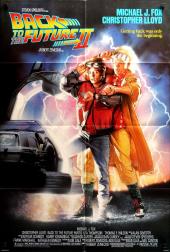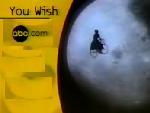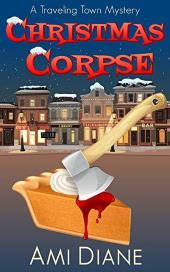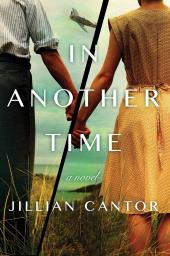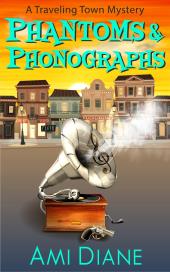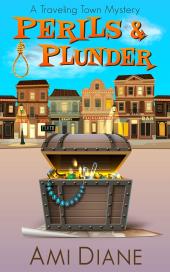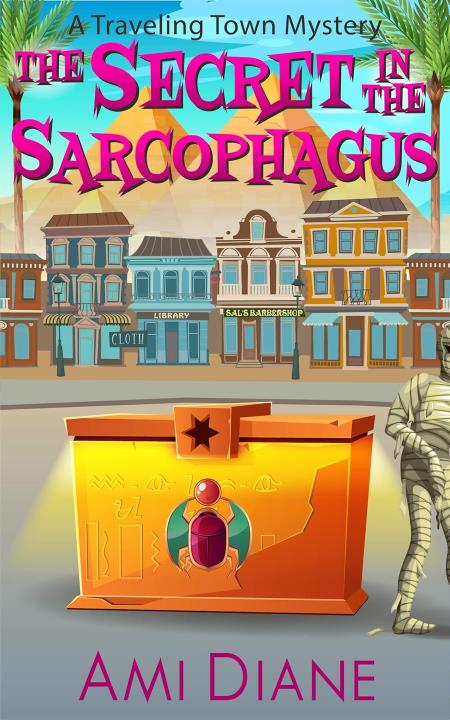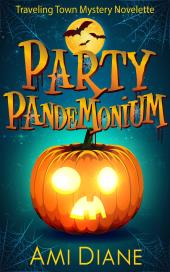The Great Romance
- as by The Inhabitant
- 2 vols. [plus a possible lost third volume] (Ashburton Guardian and Dunedin Daily Times [publishers], 1881)
The original edition of The Great Romance is one of the rarest books extant, with single copies of Parts 1 and 2 existing in New Zealand libraries. After a century of neglect, the book was reprinted by editor Dominic Alessio, first in Science Fiction Studies #61 in 1993 (Part 1) and then in a separate volume in 2008 (Parts 1 and 2, plus Alessio’s commentary on the influence the writing may have had on Edward Bellamy’s Looking Backward. ). An additional part of the story is thought to have been written, but no copy is known to exist.
Considerable detective work has been applied to the question of the identity of the pseudonymous Inhabitant, although with no definite result. Nevertheless, we lean toward the theory of one “Honnor of Ashburton” because of an annotation to this effect in the only known original copies of the first two volumes of the work. —based on Wikipedia
In the year one thousand nine hundred and fifty my dearest friend, John Malcolm Weir, the greatest chemist of his day, had given me the sleeping draught: it should tie up the senses—life itself—for an indefinite period; and when the appointed years were over life might again be awakened.



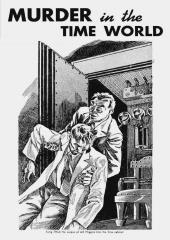

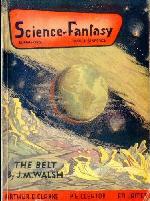
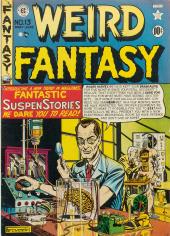
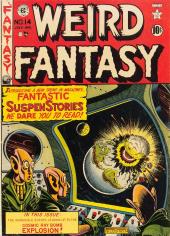
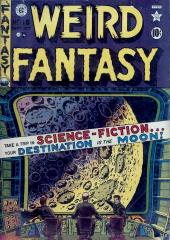
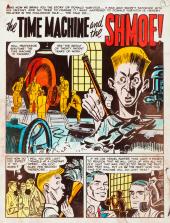
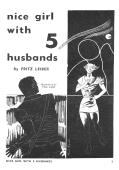
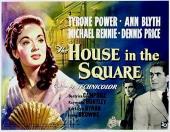

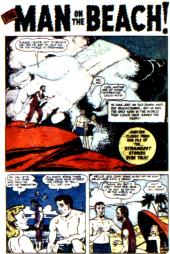
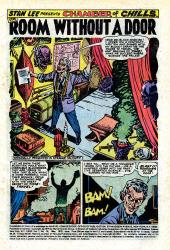

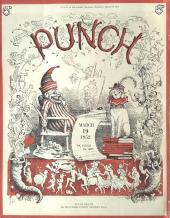
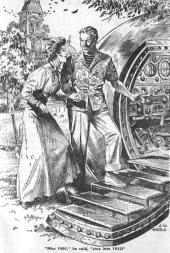
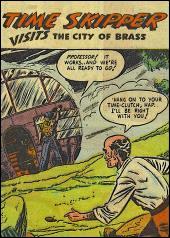
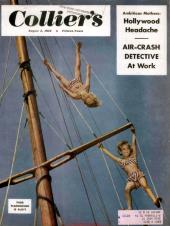
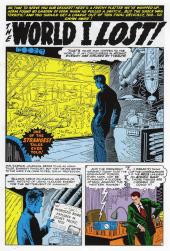
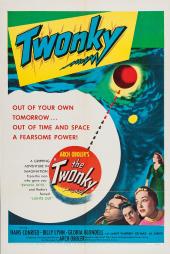
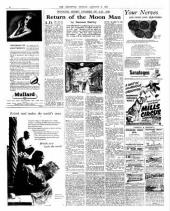
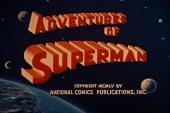
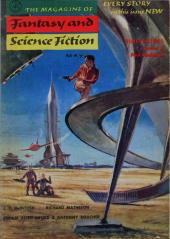

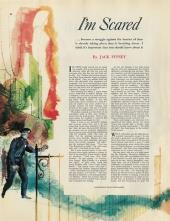
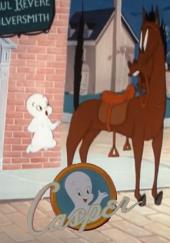
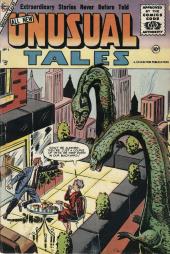
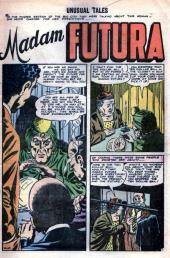
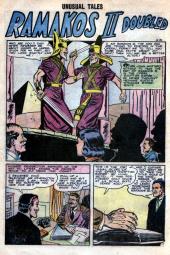
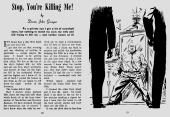
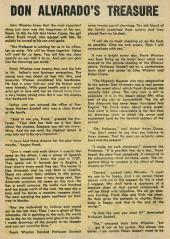

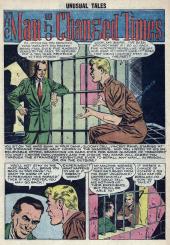

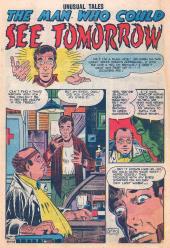
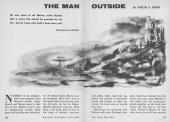
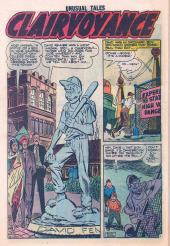
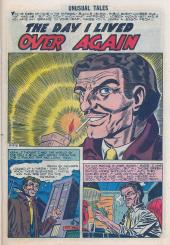
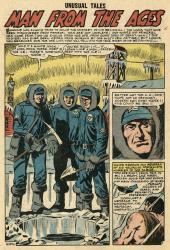
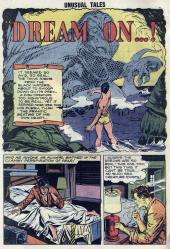
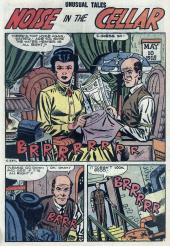
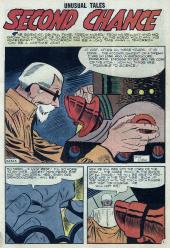
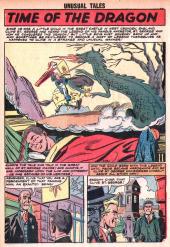
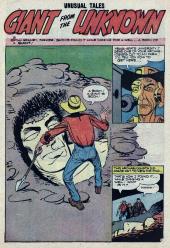

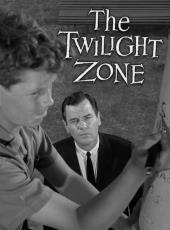
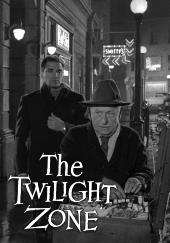
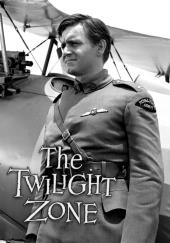
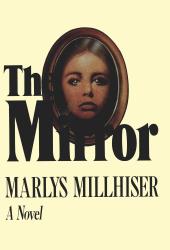
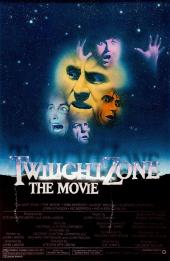
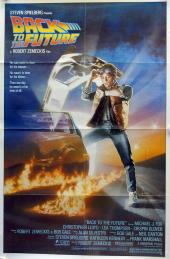
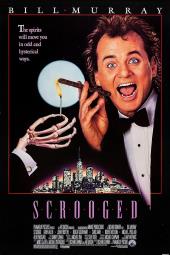
![Quantum Leap [s01e01-02]: Genesis A worried Scott Bakula (as Sam Beckett), dressed as a test pilot, stares out of
the small cockpit of the experimental X2 plane.](https://img.ittdb.com/000000/21/07S-21-000000.jpg)
![Quantum Leap [s01e04]: The Right Hand of God Michelle Joyner (as Sister Angela) leans to one side and waves into a boxing
ring.](https://img.ittdb.com/000000/35/04S-35-000000.jpg)
![Quantum Leap [s01e05]: How the Tess Was Won Covered in mud in a pig sty, an exasperated Scott Bakula (as Sam Beckett) holds
up a piglet.](https://img.ittdb.com/000000/35/05S-35-000000.jpg)
![Quantum Leap [s01e07]: The Color of Truth Howard Matthew Johnson (as an older Black man, Jesse Tyler) looks out from a
reflection in a window at Scott Bakula (as Sam Beckett).](https://img.ittdb.com/000000/35/07S-35-000000.jpg)
![Quantum Leap [s01e09]: Play It Again, Seymour Dressed in overcoats and fedora hats, Claudia Christian (as Allison Grimsley)
and Scott Bakula (as Sam Beckett) stare into each others eyes.](https://img.ittdb.com/000000/35/09S-35-000000.jpg)
![Quantum Leap [s02e01]: Honeymoon Express Dean Stockton (as Admiral Al Calavicci) sits at attention in his dress-white
uniform.](https://img.ittdb.com/000000/35/10S-35-000000.jpg)
![Quantum Leap [s02e03]: The Americanization of Machiko Scott Bakula (as Sam Beckett) and Leila Lee Olsen (as Machiko, dressed in a
Japanese robe) pick daisies on the roadside.](https://img.ittdb.com/000000/35/12S-35-000000.jpg)
